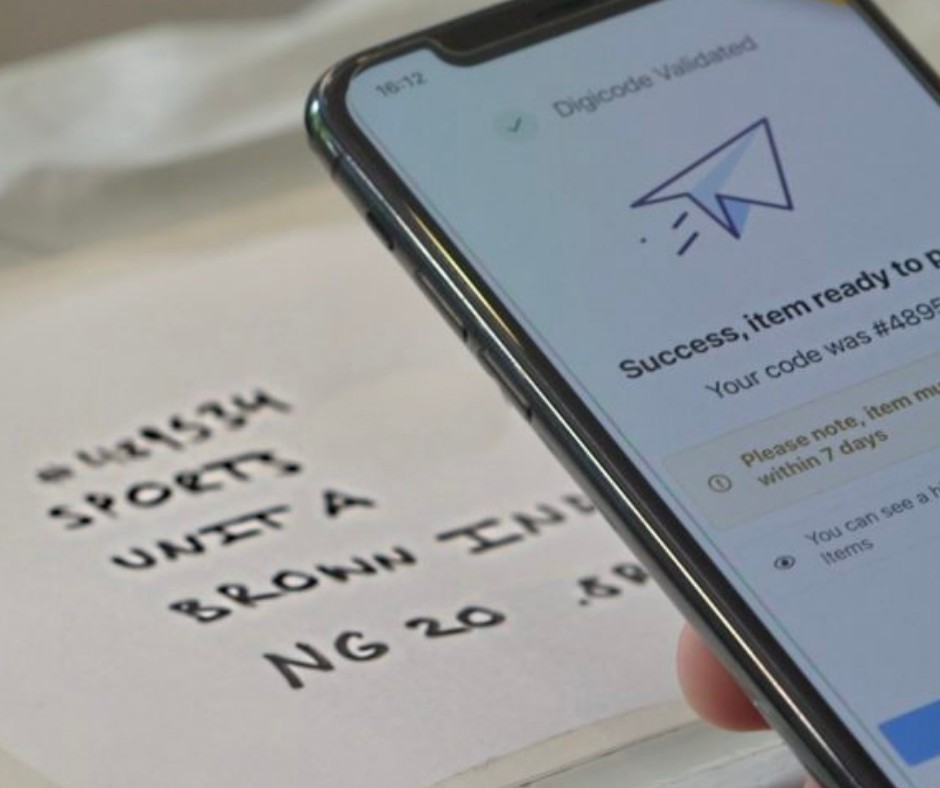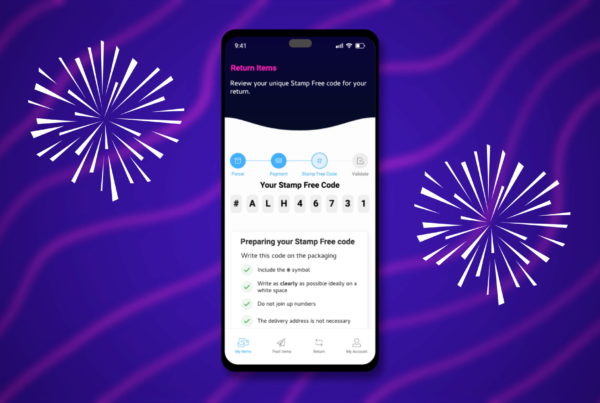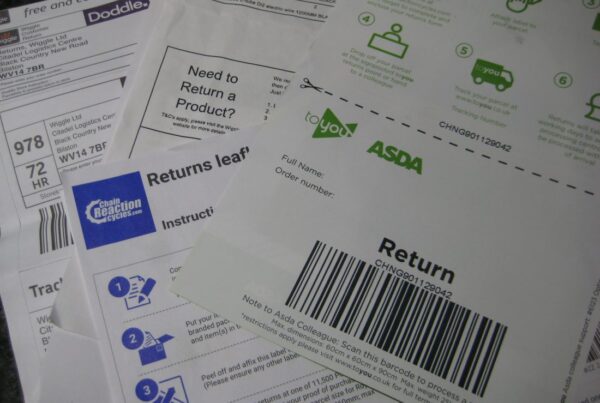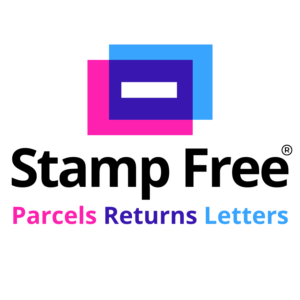How Stamp Free’s new Digitrack app helps postals & carriers validate and track parcels as an alternative to printed barcode labels, with the help of AI and handwriting recognition
As we enter the New Year with the peak period behind us and thoughts of sustainability and pandemics at the forefront, it’s the perfect time to re-imagine what the future looks like. How can we make the customer journey friction-free? How can we protect the environment?
So much of what we used to think was sci-fi is now part and parcel of our daily lives, like AI technology.
Our handwritten recognition-based AI technology is ready to transform the postal/carrier industry—no stamps, no labels, just our app. Customers pay for shipping, get a code to write on their letter or parcel, and away it goes.
Our specialist developers have managed to push the boundaries and increase handwriting recognition speeds to within a blink of an eye—perfect for shippers of any size, consumer to consumer, and seamless returns. We know that every split-second counts.
Tim Higginbotham, Stamp Free’s IT Director, is the artist bringing this science to life. He has spent 30 years in the IT industry, including over a decade with Royal Mail, where he delivered large-scale transformational programmes specialising in revenue protection and parcel strategy. He’s passionate about Stamp Free’s industry vision and excited that our products can be used by anyone with a smartphone or similar mobile device.
“Carriers have validation and tracking in the palm of their hand. The Digitrack app can instantly look up parcel information, including size, weight, and destination. It can fully validate each item handled through a network. It has significant flexibility,” Higginbotham says.
“Anyone can now quickly and simply send a parcel, at any time, anywhere. Just point the app at the mail item—our AI tech instantly and accurately captures a handwritten code and postcode in a split second,” Higginbotham added.
Customers who don’t have a printer at home to print their labels or have the correct postage on their parcel don’t need to worry. No time to stand in line queuing for stamps or posting your parcel during your lunch break? No problem—our unique solution avoids the need for this.
The barcode was first used in the 1970s in the United States to encourage grocery checkout queues to move more quickly, and the stock counting experience could be simplified.
And it worked. It has since made production lines more efficient and adds tremendous value to businesses, according to Smithsonian Magazine.
Whilst we know the barcode has its place and purpose in this world, it’s time we looked at creating something more convenient for the customers and the environment. We can each play a small part by considering life without absolute dependence on printing labels with barcodes just to send something.






